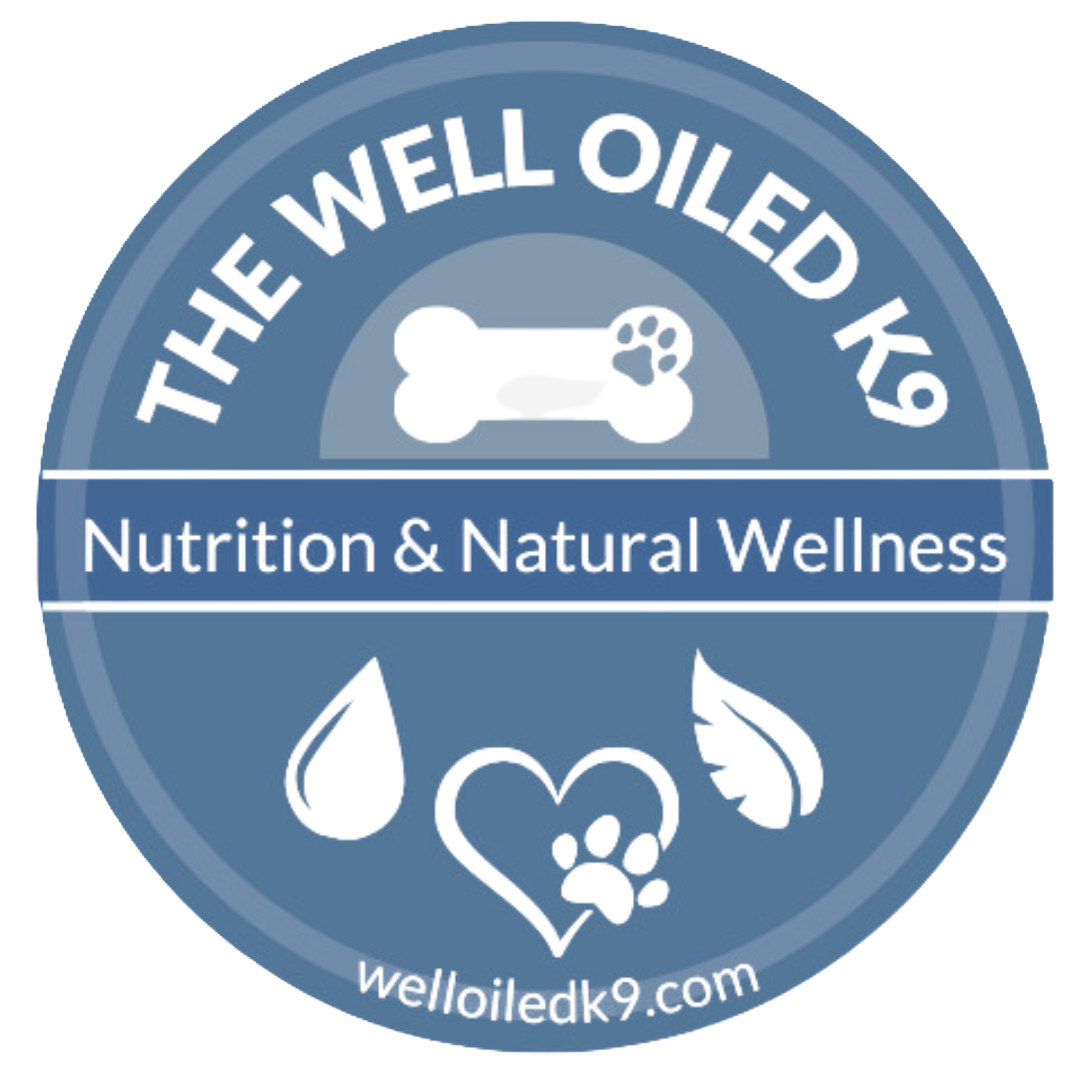Energetic Properties of Protein for Dogs
In Traditional Chinese Veterinary Medicine (TCVM), food is classified according to its energetic properties, including temperature and direction of energy movement. Protein is no exception, and is categorized as either hot, warm, neutral, cooling, or cold. Here's a breakdown of each category and how it affects the body, health, and behavior of dogs:
Hot / Warming proteins: These are proteins that have a warming effect on the body, and include meats such as chicken, lamb, and venison. Farm-raised fishes may lean to warmer proteins. When consumed in excess, hot proteins can cause excessive heat within the body, leading to symptoms such as restlessness, aggression, and hyperactivity.
Neutral proteins: These proteins have a neutral effect on the body, and include beef and eggs. These proteins are typically well-tolerated by most dogs and can be included in a balanced diet.
Cooling / Cold proteins: These are proteins that have a cooling effect on the body, and include meats such as turkey, wild-caught white fish, rabbit, and duck. When consumed in moderation, cooling proteins can help reduce inflammation and promote a sense of calmness and relaxation.
The Effects of Protein in Dog Food
The choice of protein in a dog's diet can have significant effects on their body, health, and behavior. In TCVM, it is believed that certain proteins have specific energetic properties that can influence the body's overall balance and well-being. Here are some ways that protein choices can impact dogs:
Body temperature: The temperature of proteins can affect the body's internal temperature. Hot and warm proteins have a warming effect, which can be beneficial during colder seasons or for dogs with a cold constitution. However, excessive consumption of hot proteins can lead to an imbalance and result in restlessness, irritability, and heightened activity levels. On the other hand, cooling and cold proteins have a cooling effect, which can be helpful for dogs with excessive internal heat or inflammation. These proteins can promote a sense of calmness and reduce hyperactivity.
Inflammation and allergies: Some proteins, such as beef or chicken, may be more likely to trigger allergic reactions or contribute to inflammation in certain dogs. By understanding the energetic properties of proteins, TCVM practitioners may recommend alternative protein sources that have a cooling or neutral effect, such as fish or tofu, to help alleviate these issues.
Digestive health: Dogs with sensitive digestive systems may experience gastrointestinal discomfort or loose stools when consuming certain proteins. TCVM takes into account the thermal properties of proteins to recommend options that are more easily digestible and gentle on the digestive system. For instance, cooling proteins like rabbit or duck may be suggested for dogs with digestive issues.
Behavior and emotional well-being: The energetic properties of proteins can also influence a dog's behavior and emotional state. Excessive consumption of hot proteins can lead to increased aggression, restlessness, or difficulty in settling down. Cooling proteins, on the other hand, may promote a calmer and more balanced emotional state, helping to reduce anxiety or nervousness in dogs.
Once the balance is reset in the body, there can be a variety of protein used in rotation and moderation along with more alignment of seasonal approaches to protein.
Veggies, fruits, essential oils all align with hot, neutral and cool categories for energetic balance in the body.
It's important to note that individual dogs may have different reactions to protein choices based on their unique constitution and health conditions. TCVM practitioners consider the dog's overall energetic balance and tailor the diet accordingly to promote optimal health and behavior. Consulting with a qualified TCVM practitioner or a veterinarian or nutritionist with knowledge of these principles can provide valuable guidance in selecting the most suitable protein sources for your dog's specific needs.
See a list of foods based on their energetic properties — hot, neutral or cooling. I find more emphasis on the need for cooling foods with dogs who have allergies, aggression or anxiety issues.

